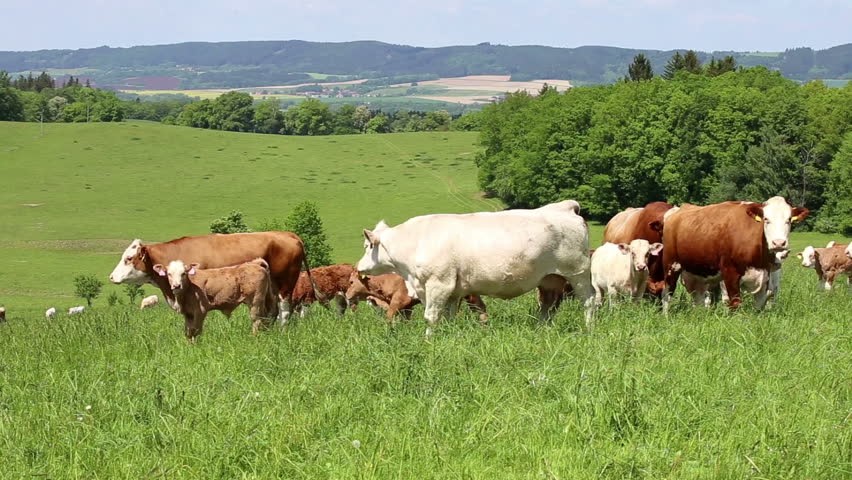One of the most important food trends of the past decade has been the rise of grass-fed beef. A niche market at the beginning of the decade, grass-fed beef has become a major challenger to standard feedlot operations. The interest in grass-fed beef has been driven by several factors (chiefly, increasing awareness of the environmental impacts of the feedlot system and renewed interest in the health advantages of beef raised on pasturage), and it has in turn changed the way consumers think about the meat industry.
Not so long ago, describing beef as being grass-fed would have seemed redundant. Until the 20th century, cattle was raised as it had been for thousands of years, on pastures or open ranges. It was only with the rise of more industrial farming practices that large numbers of cows started to be fed on more energy-dense foods like corn and soy. While this diet allows cows grow faster and reduces the time to market, it also has other, less salutary side effects: feedlot raised beef tends to be less rich in vitamins and Omega-3 fatty acids.

While grass-fed beef has quickly become one of the hottest new meat trends, finding beef that is guaranteed to be completely grass-fed can be difficult. In order to properly qualify as grass-fed, cows need to have been kept on a diet of pasturage right up until they were sent to the abattoir for processing. But many beef providers engage in a practice called “finishing,” by which a cow mostly raised on grass is then switched over to feed for the final months of its life to fatten it up. Because there are no set industry standards for labelling grass-fed beef, a wide range of labels are used, from “pasture-fed” to “farm-raised” to “corn-fed.” These designations can mean a number of different things. Some refer beef that is 100% grass-fed, while others may refer to partially grass-fed beef, or beef that has spent most of its life eating feed. So how can consumers be sure they are purchasing real grass-fed beef?
One of the best ways to get high quality grass fed beef is through delivery. Services like truLOCAL offer delivery of fresh, local, grass-fed beef and provide clear information on their website about which farms they source their meat from. This means interested consumers can do their own research and find out how the cattle is raised and processed. Because truLOCAL offers delivery anywhere in Ontario and Alberta, it doesn’t matter whether you live near a speciality butcher or in a rural community; you can have local grass-fed beef delivered to your door anywhere in either province.
While feedlot beef is still very common, the numbers suggest that grass-fed beef represents a revolution in how cattle is raised. In 2012 sales of grass-fed beef were only $17 million, but by 2016 that number had exploded to $272 million. At the same time, fisheries and the poultry industry have seen revolutions of their own, with a growing interest in local, free-run, and wild-caught alternatives to the kind of concentrated, industrial farming that has typified the North American food system for a century. While it is not yet clear whether or not these more artisanal alternatives will completely replace factory farming, one thing is clear: consumers are hungry for a change.
